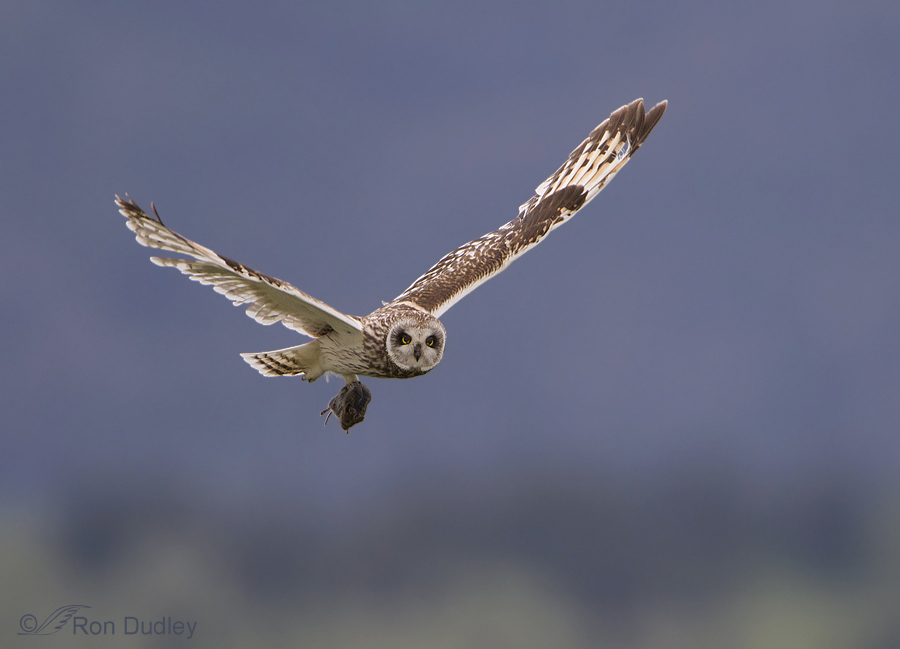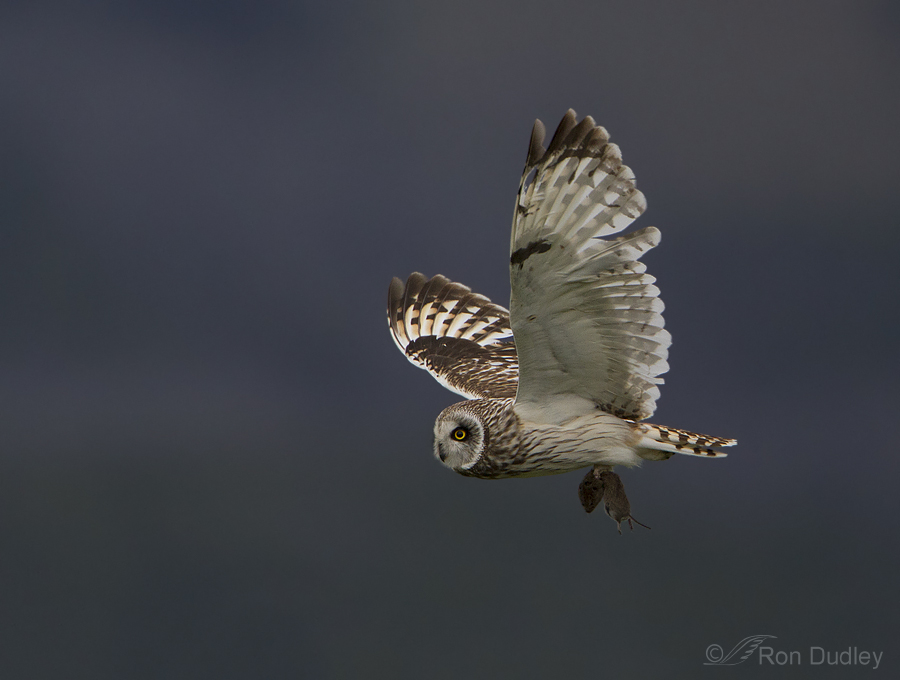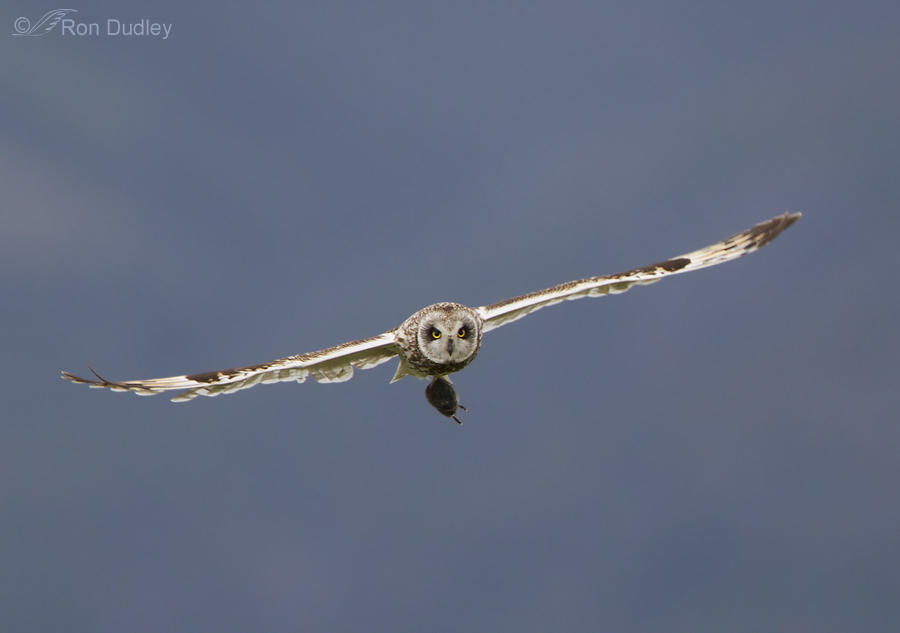Short-eared Owls And The “Handedness Phenomenon”

Handedness is a preference for using one hand (or limb) as opposed to the other. It’s a phenomenon many of us associate strictly with humans but other vertebrates can also show handedness, including birds. For example, many parrot species have a strong and consistent preference for using their left foot when bringing food to the beak.
Based on my own observations in the field I believe that Short-eared Owls may also display handedness.



